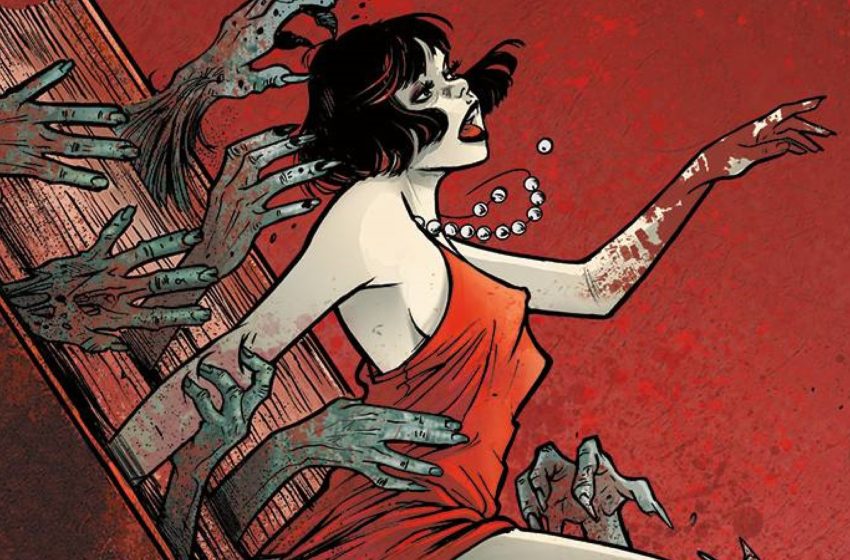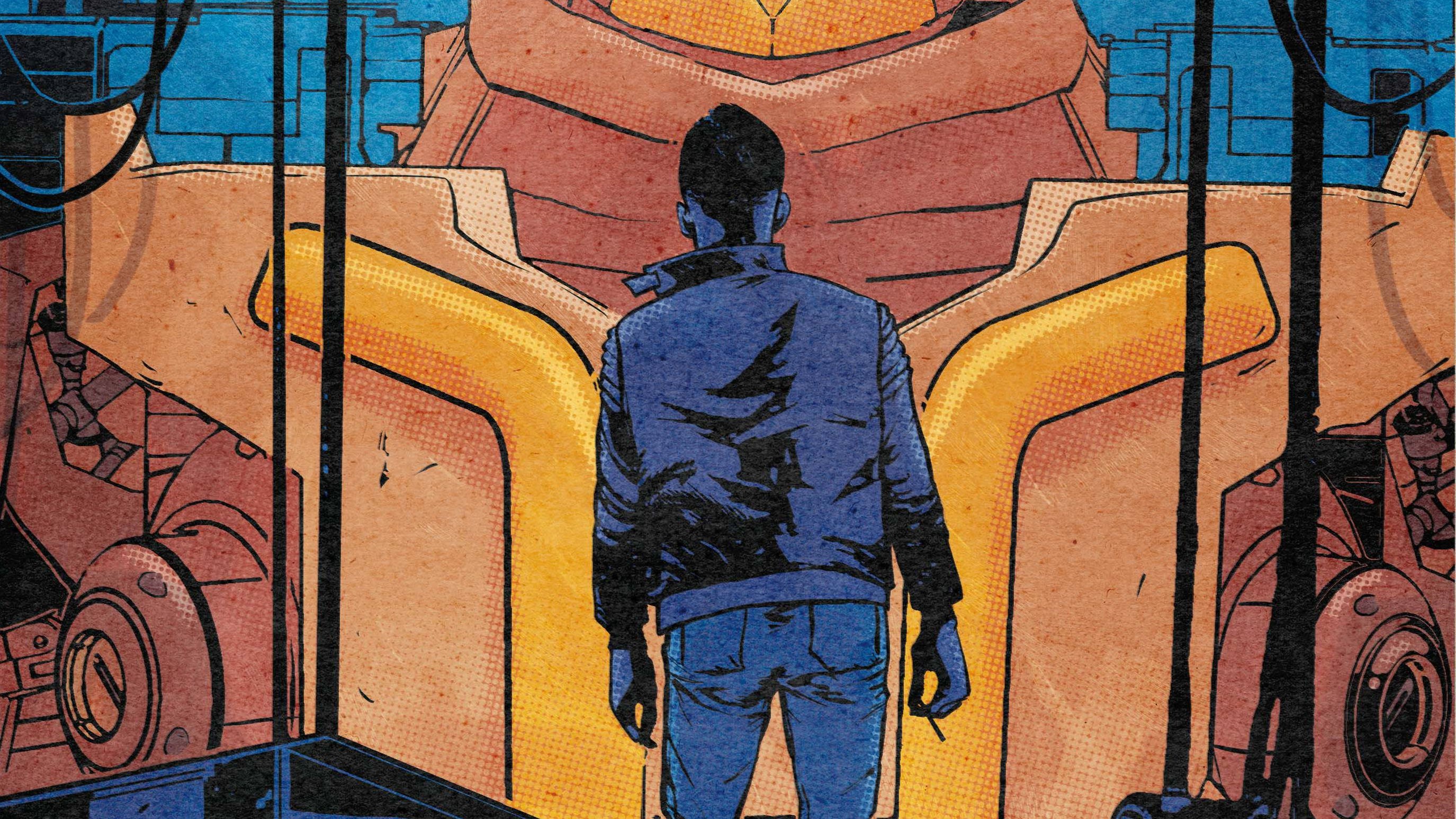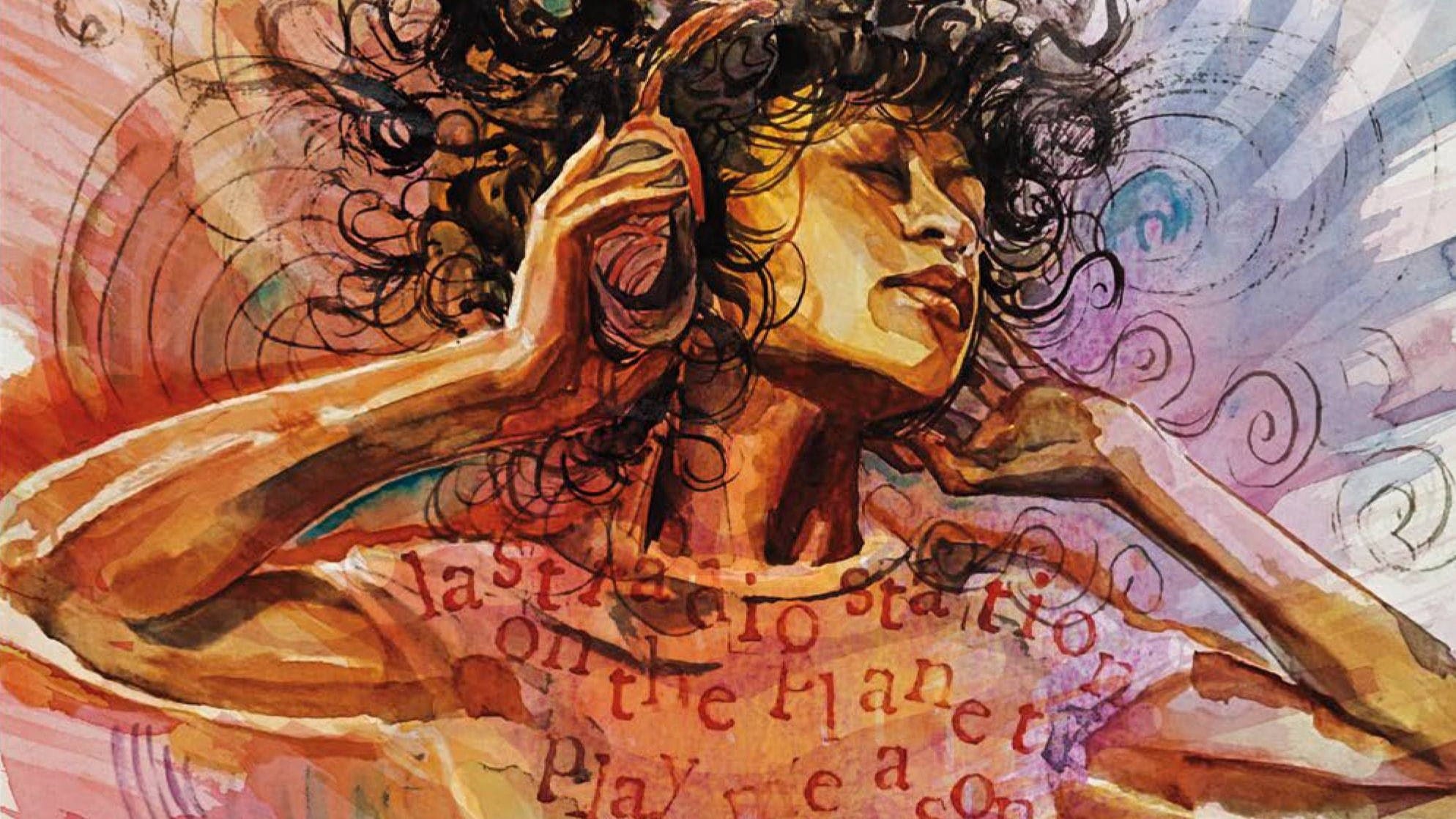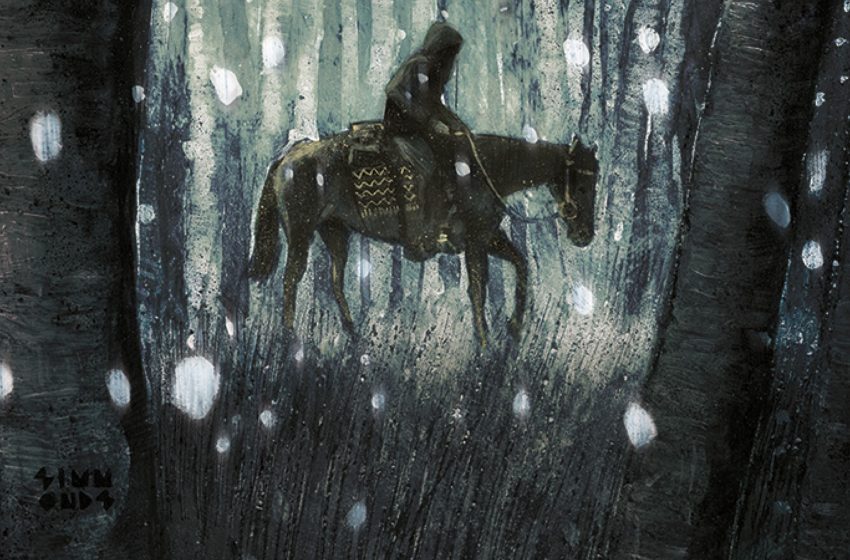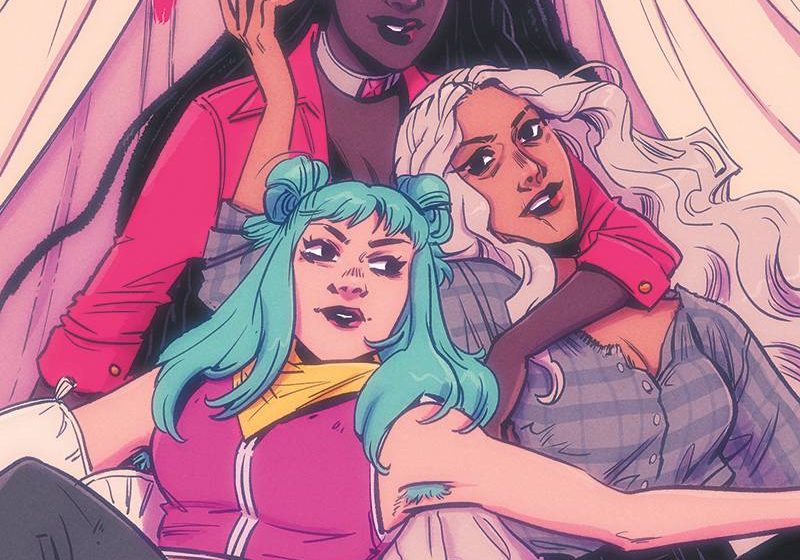Civilization is a lie. Hidden deep in our genes is the truth. And it is slowly clawing its way to the surface. Will this be The Last Book You’ll Ever Read? Written by Cullen Bunn, drawn by Leila Leiz, colored by Giada Marchisio and lettered by Jim Campbell for Vault Comics.
I’m a sucker for a demonic corruption story. It’s the Catholic in me — what little there is. I always say I was raised that way and it didn’t take, because for some reason a three-hour Mass doesn’t usually gel well with undiagnosed ADHD.
Nonetheless, I came away from it with an appreciation for some of the trappings — the solemnity of ritual, the pristine power of a place of worship, and notably, the pop culture adaptations of Catholicism, splashy reds and blacks, with haggard priests performing exorcisms of demonically possessed victims.
Despite the ad campaign, and despite those covers, The Last Book You’ll Ever Read is not quite that. It’s centered on Olivia Kade, the author of a book called Satyr. Kade’s book proposes that civilization is a lie, and furthermore that it betrays humanity’s base instincts. Since the publication of Kade’s novel, there’s been an upswing in violent crime, leading to attacks on the author herself and forcing her to hire a bodyguard.
This more or less comprises the entirety of the story’s first issue, which is honestly a little frustrating, given that a similar summary exists on the back cover of the book, as a kind of elevator pitch. It’s not that I object to the concept, it’s just that I was hoping with the standard length of a comic book we might get a little more.
Instead, the story opens with Kade doing a reading from her book. Her narration overlays an opening scene of a man being chased from a subway to an alley by some young street punks who want to kill him. Pushed to the brink and with his life on the line, the man resorts to something primal — what, exactly, isn’t shown, but in the aftermath, he’s the only survivor amid bloody carnage. It’s more than a single man would be able to accomplish on his own, which is important, as the first hint that this is something more than just a population falling victim to mob mentality.

Exposition is delivered mid-book through the use of some radio jockeys discussing Kade’s book and its supposed effects. In this the central mystery is set up nicely enough, even if the scene itself isn’t very exciting to read. Some of that is down again to the elevator pitch of the book — it’s information we already have, not just from the back cover but from the opening scene of the issue itself! It has the effect of making this book feel like it’s repeating itself, and I have to wonder if the title of the book is meant to be prophetic, because I half feel like taking a nap instead of reading any more.
The book’s effective visually, at least — Leila Leiz has made a name for herself recently with her work on Mother of Madness, the miniseries co-written by Game of Thrones’ Emilia Clarke. Leiz has a loose, fluid style that brings a lot of energy to the page, and she backs that up with well-detailed backgrounds and a solid understanding of spatial dynamics in her visual storytelling. It’s nice that the first issue of Mother of Madness was so recent, actually, because it meant I had it on hand for an easy comparison. Both books are consistent in style but use different colorists to massively different effect. In MoM, which was colored by Triona Farrell, the color and line differentiation is neat and precise, in keeping with the bright, poppy aesthetics of that book.
Here in Last Book, Giada Marchisio drenches the story in blacks and reds, breaking those with either stark or dim lighting. Marchisio is careful with the way she uses color for atmosphere, and it’s to the book’s benefit, as is the deliberately messy linework, which adds to the sense of unease in those viscerally bloody moments.
Overall, it’s not that The Last Book You’ll Ever Read is a bad book, it’s just that it’s a merely passable story elevated some, but not enough, by well-considered and well-executed art. I’m intrigued, but I’m not sure if I’m intrigued enough to read more. Perhaps the next issue will have a nice summary on the back, too.
Nola Pfau is Editor-in-Chief of WWAC and generally a bad influence.

